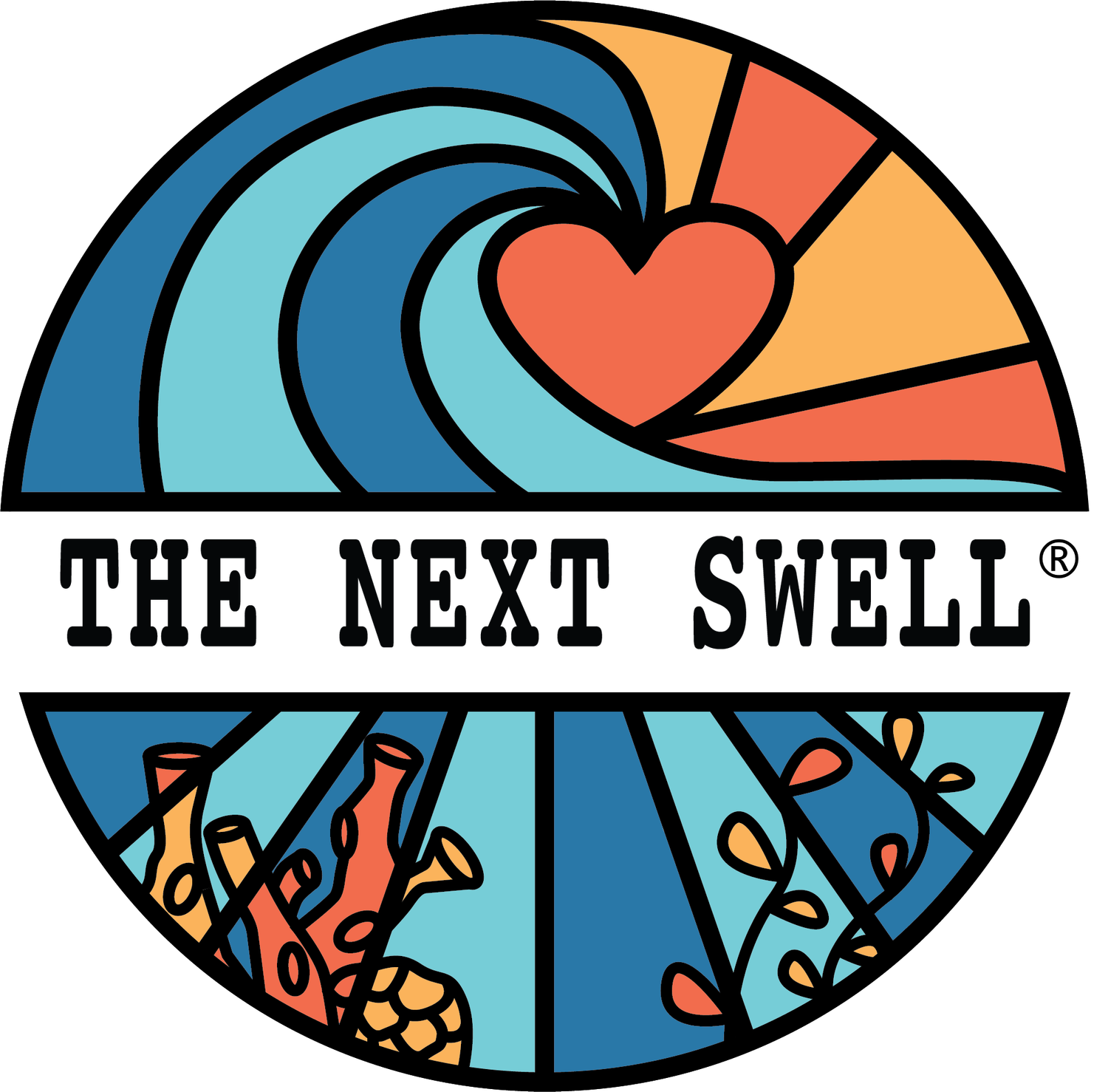Aquaculture 101 with Zach
My name is Zach Gordon and I am the Regional Aquaculture Liaison with Connecticut Sea Grant. For those that are not familiar with Sea Grant, it is a federal/state partnership with the goal of creating and maintaining a healthy coastal environment and economy. I serve as the human connection between industry, research, and academia, specifically working with shellfish aquaculture in the Northeast region of the US. In the past I have worked on farms growing oysters, scallops, mussels, and kelp and in state government working on education and outreach. I am really excited about The Next Swell and happy to contribute to increasing the awareness of aquaculture and its potential to solve some serious global environmental issues.
What is Aquaculture and how does it work?
Aquaculture is a massive topic that tends to get generalized in many forums. It is the breeding, rearing, and harvesting of organisms in water. It's easiest to think of it as the same as land-based farming just with water as the “soil”. It can be divided into two categories; Freshwater vs. Marine. My degree in “Ocean Food Systems” from the University of New England taught me that fisheries and aquaculture are more intertwined than most people realize. In many cases seafood is produced via a combination of aquaculture and fisheries. For example, a great deal of wild salmon from Alaska start in an aquaculture system where the salmon eggs are hatched and reared as juveniles. Once they are old enough, they are released into the wild and caught as wild salmon.
Aquaculture includes a wide range of activities and just like land-based agriculture, there are both good and bad practices. Species can include finfish (salmon, trout, tilapia etc.), shellfish (oysters, mussels, clams, etc.) or others including ornamental fish, seaweeds, shrimp, and more.
I am going to talk a bit about the pros and cons, but keep in mind I am only scratching the surface here, and each species and aquaculture technique has their own set of pros and cons.
What are the pros?
Organisms produced via aquaculture have a much lower protein conversion ratio than land based animals. What this means is that the protein produced via aquaculture takes much less input than protein produced on land. Many responsible aquaculture practices are regenerative, which means that they create benefits for the environment they are in. This can be providing habitat for other organisms and cleaning the water quality. Aquaculture can also have huge economic benefits in rural areas that have been in decline due to the crashes of wild fisheries in their area.
Cons?
Alternatively, irresponsible aquaculture practices can pollute the surrounding environment. Fish escapes from aquaculture can create problems in the natural populations. Many sustainably produced seafood products from aquaculture are expensive and inaccessible to those who might benefit from eating them. Aquaculture can also create conflicts with other ocean uses, including commercial fishing, endangered species protections, navigation, among others. There is currently focus within many stakeholder groups to create responsible ocean spatial planning. One example of this is the Aquaculture Opportunity Areas (AOA) being developed by NOAA. The first two atlases, covering the Gulf of Mexico and Southern California Bight are now available.
Where do you see it going in the future? Is this the future?
Currently the United States imports roughly 75 - 80% of its seafood from abroad and roughly half of that seafood is farmed. Trends are showing that seafood consumption is increasing and the demand for sustainable protein is going up. Wild fisheries will not be able to support this demand, which inevitably means aquaculture will expand. It is already one of the fastest growing food sectors in the world. The challenges facing us today are how to do this in a sustainable way. The opportunity for those educated in the fields of marine science and aquaculture will be huge in the coming years and that is why I believe programs like The Next Swell are so important.
Can I get farmed fish anywhere? How do I know if it's good? Any specific labeling?
You can pretty much get farmed seafood anywhere, including grocery stores, fish markets, farm stands, and there are even fish delivery services. Everyone has their own ethical boundaries for what they are willing to eat and I won’t get into my own beliefs here. One of the most difficult aspects of choosing seafood is the lack of traceability. Usually you will be able to find out what country the product is coming from but not the specific farm. This can be problematic because, as I said earlier, farm practices can vary greatly even within the same country. All I can offer is that you do your own research on what you are going to consume. Local is almost always more sustainable because there are less carbon emissions associated with the shipping. Also, lower on the food chain is more sustainable, think seaweed or shellfish, because they take less inputs to produce. There are some labels for sustainably produced seafood including Organic, “Best aquaculture practices” (BAP), and “Marine Stewardship Council” (MSC). Seafoodwatch.org is a valuable resource as well.
I am always happy to talk about aquaculture and related issues facing ocean food systems. So please reach out if you have any questions or just want to have a conversation.
Best,
Zach Gordon - zachary.gordon@uconn.edu

